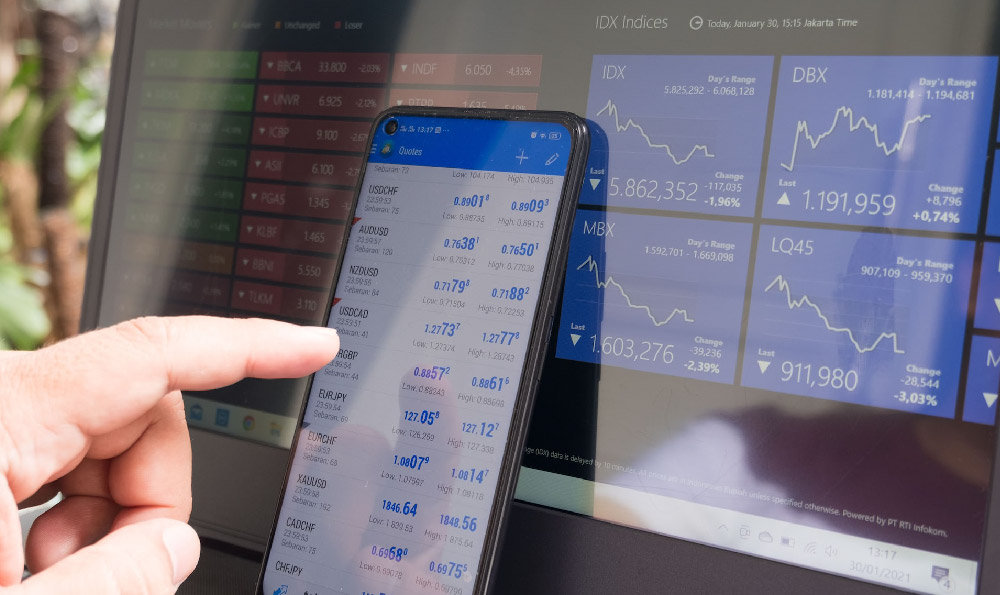The U.S. defense industry stands as one of the most significant sectors in the global economy, playing a pivotal role in both national security and international trade. Its revenue streams are vast and multifaceted, driven by a combination of domestic defense spending, military exports, and partnerships with allied nations. Understanding the scale of this industry involves more than just looking at annual budget figures; it requires analyzing the intricate web of contracts, technological innovation, and strategic partnerships that sustain it. In 2023, the U.S. defense industry generated an estimated revenue of around $1.2 trillion, a figure that continues to rise as global geopolitical tensions escalate and defense technology evolves rapidly. This industry’s robust financial performance is not only a reflection of the United States’ military commitment but also of its economic influence and technological leadership.
Military spending, often the primary source of income for defense contractors, has been a consistent driver of growth in this sector. The U.S. Department of Defense’s annual budget, which surpassed $750 billion in 2023, accounts for a substantial portion of the revenue generated by the defense industry. However, this figure represents only the government’s direct expenditures, while the total economic output of the defense sector extends beyond it. Defense companies often secure long-term contracts with the Department of Defense, covering everything from aircraft production to cybersecurity services. These contracts can span several years, ensuring a steady revenue flow and encouraging significant investment in research and development. For example, Lockheed Martin, a leading aerospace and defense company, reported over $60 billion in revenue during the 2022 fiscal year, much of which came from contracts with the U.S. military and its international counterparts.
In addition to domestic contracts, the defense industry relies heavily on international military sales. The United States is among the world’s top arms exporters, with military exports contributing a notable share to the industry’s overall revenue. This part of the industry not only provides financial gains but also strengthens foreign alliances and enhances national security through cooperative defense efforts. Countries such as Saudi Arabia, the United Kingdom, and South Korea are major buyers of U.S. military equipment, creating a steady demand for advanced technologies like stealth systems, drones, and missile defense solutions. The growth of this sector has been particularly evident in recent years, with a rise in the number of defense agreements and partnerships between the U.S. and its allies. For instance, the sale of F-35 fighter jets to allied nations has become a cornerstone of U.S. military exports, generating billions in revenue while reinforcing strategic relationships.

The demand for cutting-edge defense technology has also played a crucial role in the industry’s financial success. As global threats become more complex, the need for sophisticated systems in areas such as cyber warfare, artificial intelligence, and unmanned aerial vehicles has increased. This leads to substantial investment by the government and private sector into R&D, a process that often results in long-term profitability for defense firms. For example, the development of next-generation satellites and missile defense systems requires years of investment, yet these programs continue to generate returns as they are integrated into the military’s operational capabilities. The U.S. defense sector’s ability to innovate and adapt to new challenges has not only secured its financial stability but also positioned it as a leader in the global defense technology market.
Geopolitical tensions, particularly the ongoing competition with China and Russia, have further fueled growth in the defense industry. As these nations develop their own military capabilities, the United States has increased its defense spending and invested in programs designed to counter emerging threats. This has led to a surge in demand for advanced military equipment, creating a fertile ground for defense companies to expand their operations and increase revenue. In particular, the U.S. has become a major supplier of defense technology to countries in the Middle East and Asia, where the need for modern military assets has intensified due to regional conflicts and security concerns. This expansion has not only bolstered the defense industry’s financial health but also reinforced the United States’ role as a key player in global security.
Another factor contributing to the defense industry’s revenue is the presence of a large and skilled workforce. The U.S. defense sector employs millions of people, from engineers and scientists to logistics and support personnel, creating a strong economic ecosystem. This workforce not only drives innovation and production but also ensures that the industry remains competitive in the global market. The availability of skilled labor and the presence of robust training programs have enabled defense firms to meet the demands of evolving military needs while maintaining high standards of quality and reliability. Moreover, the U.S. defense industry benefits from a network of subcontractors and suppliers, which further enhances its financial stability and resilience to market fluctuations.
While the defense industry remains a cornerstone of the U.S. economy, it is also subject to global trends and economic shifts. For example, the growing emphasis on renewable energy and sustainability has led to a reevaluation of certain defense programs, potentially impacting their financial viability. At the same time, the rise of private military companies and the increasing role of technology in warfare have created new opportunities for growth and innovation within the sector. These trends underscore the dynamic nature of the U.S. defense industry, which continues to adapt to the ever-changing landscape of global security and economic conditions.
The U.S. defense industry’s annual revenue is not only a testament to its economic significance but also a reflection of the nation’s strategic priorities. As the global security environment becomes more complex, investments in defense capabilities are likely to remain a priority for the U.S. government. This, in turn, will continue to drive the industry’s financial performance, ensuring its position as a key player in the global defense market. With this in mind, understanding the factors that influence the defense industry’s revenue is essential for investors, analysts, and policymakers seeking to navigate its complexities.












